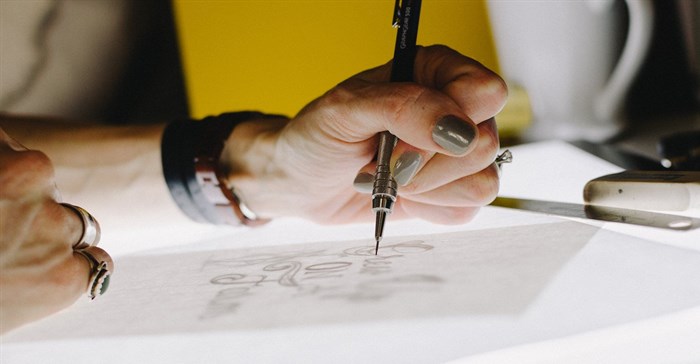
Top stories






More news












In many minds, design is putting pictures and words together to create something that gives order or meaning to visual content. So, where exactly does the empathy come in?
“Just like everything,” explains Rogan Jansen, co-founder and creative director at DashDigital, “not all designs are created equally – and what I mean by this is that not all design is empathetic. Many designers still choose to go with traditional design, which generally focuses on aesthetics and functionality, overlooking the emotional and psychological aspects.
For me and my team, empathetic design is indispensable in today’s design landscape because it acknowledges that users are not just rational beings but complex individuals with emotions, motivations and desires.”
As a technique, empathetic design recognises the profound impact of emotions on user decision-making and their overall user experience. This approach aims to resonate with feelings, values and needs which in turn helps to foster a stronger bond with the products or services depicted in the design. The ultimate goal of empathetic design is to effect higher user satisfaction, loyalty and advocacy.
But how does one actively design with empathy?
“Becoming a more empathetic designer is an ongoing process,” says Jansen, “you’ll need to start by actively listening to users and stakeholders – but it’s not just about listening to the words that they speak, you’ll need to work harder to understand their underlying motivations and emotions too.”
Jansen also recommends reading books, attending workshops and engaging in open discussions on diverse topics that can help broaden your perspectives and deepen your empathy.
Empathetic design isn’t something that designers can perfect overnight, it’s a skill that must be consistently worked on. Before generating ideas or prototyping solutions, designers must immerse themselves in the user’s world. This understanding informs every next step in the design thinking process – including defining the problem, ideation, prototyping and finally testing. Without empathy, the solutions created after this long process are less likely to resonate with users.
Now that we know what it is and how it works, how exactly does empathetic design come to life?
“There are so many great examples of brilliant empathetic design,” says Jansen. “My personal favourite is definitely Duolingo, the language learning app. This app is the epitome of empathetic design, recognising immediately that learning a new language can be intimidating and frustrating. To solve this problem, the app introduces gamification elements like rewards, progress tracking and friendly animated characters that help to create a more engaging and less intimidating learning experience.”
Other good examples mentioned by Jansen are Headspace, the meditation app that caters to the emotional needs of users, as well as self-service airline check-in kiosks that have been implemented at airports to simplify the check-in process and reduce travel-related stress.
“I wholeheartedly believe that empathetic design is a guiding principle that should be used universally, regardless of how complex the product or how unfamiliar the subject matter.
Even for services or products that are well understood, there’s always room to enhance the emotional connection between user and the design. No matter what, empathetic design ensures that users feel supported and understood, making their interactions more intuitive and less daunting,” concludes Jansen.